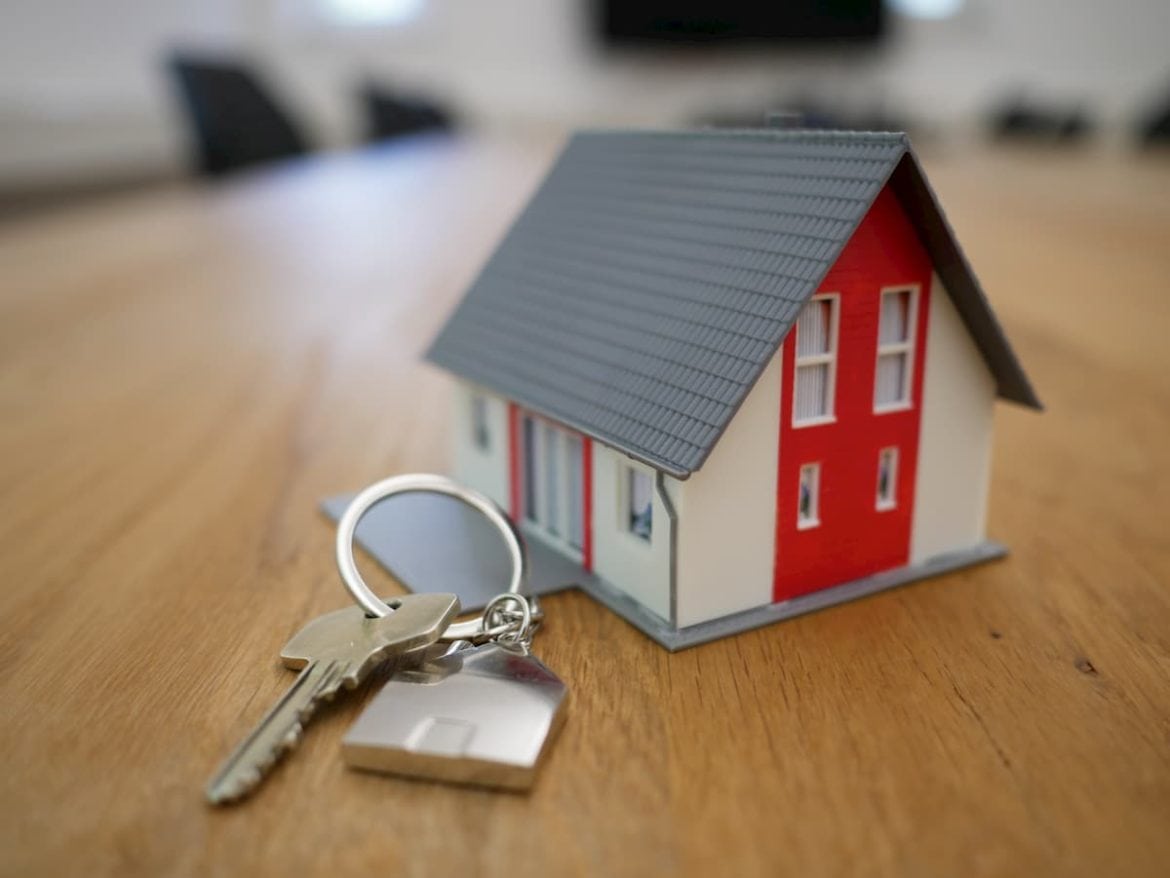
U.S. new home sales jump 108% over the last 10 years
The home sales market in the United States plays an important role in determining the country’s state of the economy. Over the last decade, the US residential market has been thriving despite periodical economic uncertainties.
Data presented by Buy Shares indicates the United States’ new home sales annual rate has spiked by 108.45% over the last decade. Despite the economic uncertainty, this year recorded the highest sales at about 697,542 as of September 28th. An overview of the existing home sales annual rate had a jump of 128%. This year recorded the highest at 1.31 million.
The research also compared new and existing home median sales price in the U.S between 2010 and 2020. The new home median sale price recorded a jump of 46.96% during the period under review. The existing home median sale price had a spike of 62.08%.
Data on new home sales is important since it is viewed as a lagging indicator of real estate market demand. In return, it affects the overall mortgage rates. Market participants usually monitor new home sales alongside metrics like the absorption rate because changes can be predictive of broader movements in the economy.
In general, the metrics can predict an impending recession or road to economic recovery. In the U.S a new home sale is the signing of a home sales contract or the acceptance of a deposit. The information on new home sales also comes from new construction permits on the state-level. The house may be at any stage of the construction process.
Factors affecting U.S home sales
Home sales are affected by factors like affordability, consumer confidence, population, interest rates, and mortgage availability. The home sales in the U.S are expected to continue surging because consumers continue to take advantage of the low mortgage rate spurred by the pandemic.
In March, the Federal Reserve pushed interest rates close to zero lowering mortgage rates and spurred a pickup in home sales. Subsequently, the Fed added that rates would stay low for years.
Notably, low mortgage rates offer a perfect opportunity to buy a home. but pandemic -related job losses mean that potential buyers will not be owning a home soon. Additionally, some consumers might be more reluctant to upgrade if they feel less confident in their employment status.
The rise in new home sales is a good indicator considering that the United States real estate market was among the worst hit by the coronavirus pandemic. The high sales show a rising momentum as the economy continues to recover from the pandemic.
The United States housing market was on a recovery path following the 2008 recession. The recession set a perfect foundation for resurgence since the monetary policy was eased to boost the economy which led to low rates. This shows that house sales have been thriving. It is worth mentioning that the U.S. housing market was the epicenter of the nation’s last economic meltdown. Notably, the sector appears to be thriving while other sectors are striving to recover.
Demographics impacting U.S home sales
Notably, over the last ten years, part of the United States housing’s strength has been dependent on demographics. For example, millennials, who make up the largest share of the population have been entering the home buying market.
Despite the market booming, analysts are skeptical that the housing sector’s isolation from other parts of the economy during this downturn makes it less likely that it will be able to kick-start the recovery process like in the past.
After the Great Recession, banks tightened their lending policies and it became more difficult for buyers with bad credit to qualify for a mortgage. The same standards were replicated in the wake of the coronavirus pandemic but it is clear more Americans are willing to buy homes.
